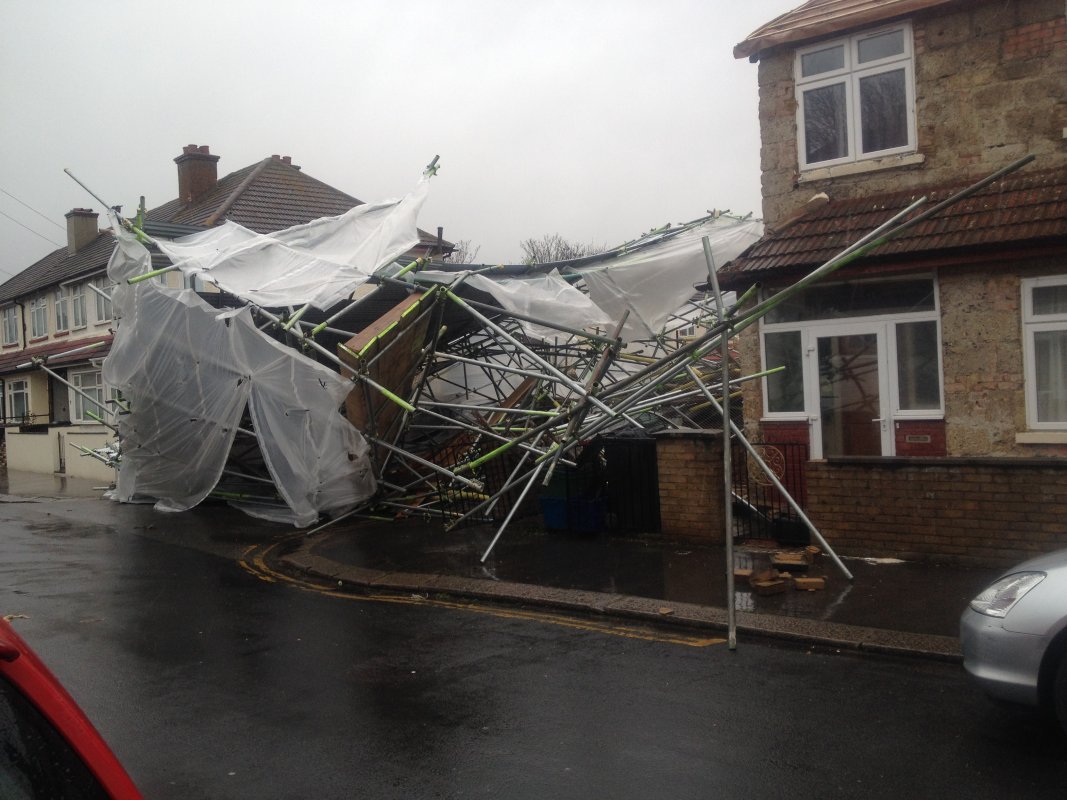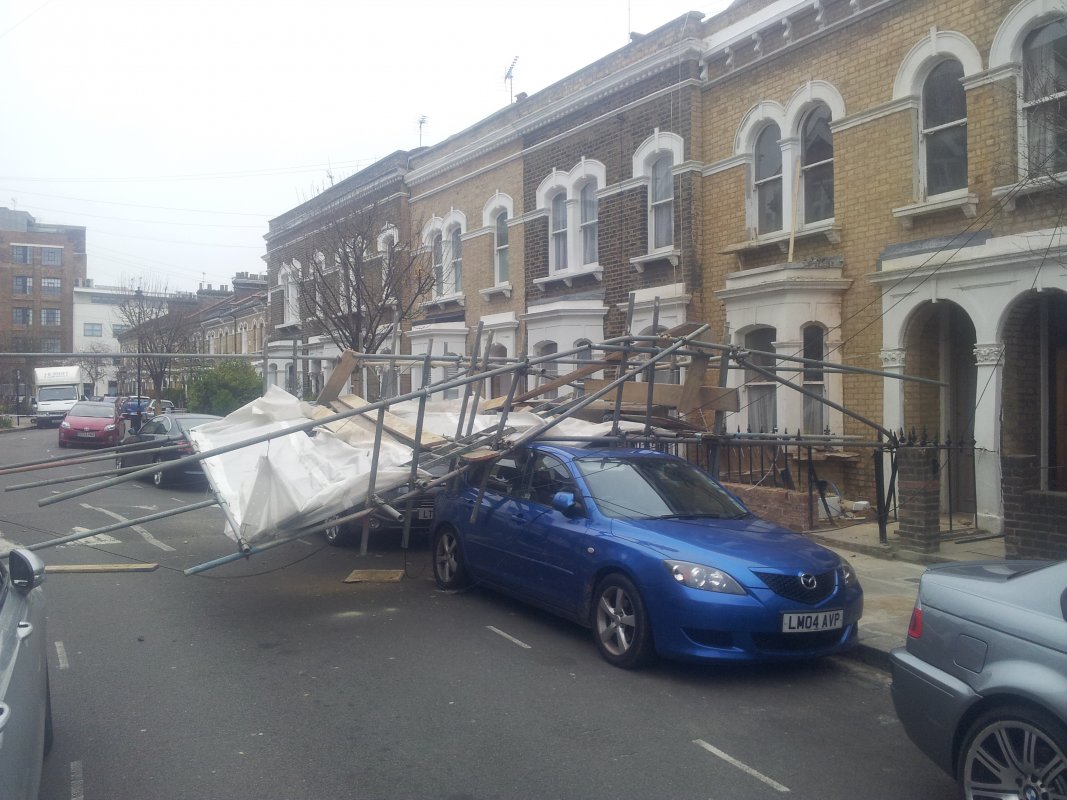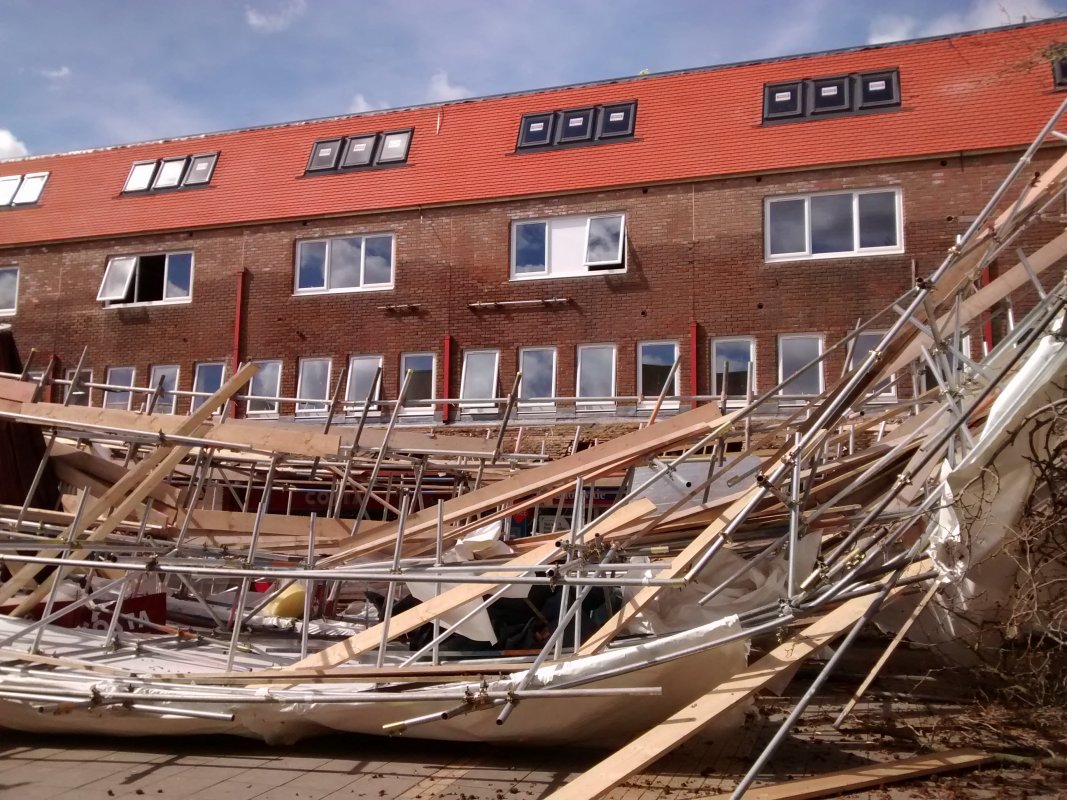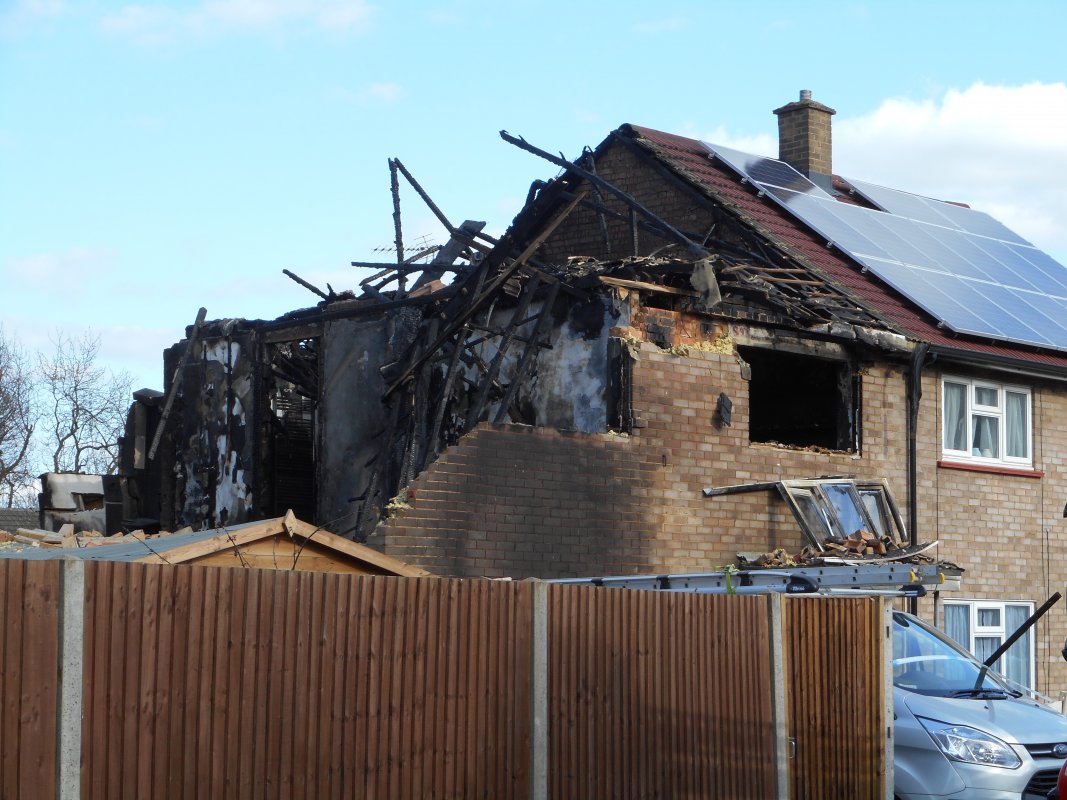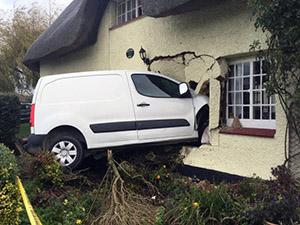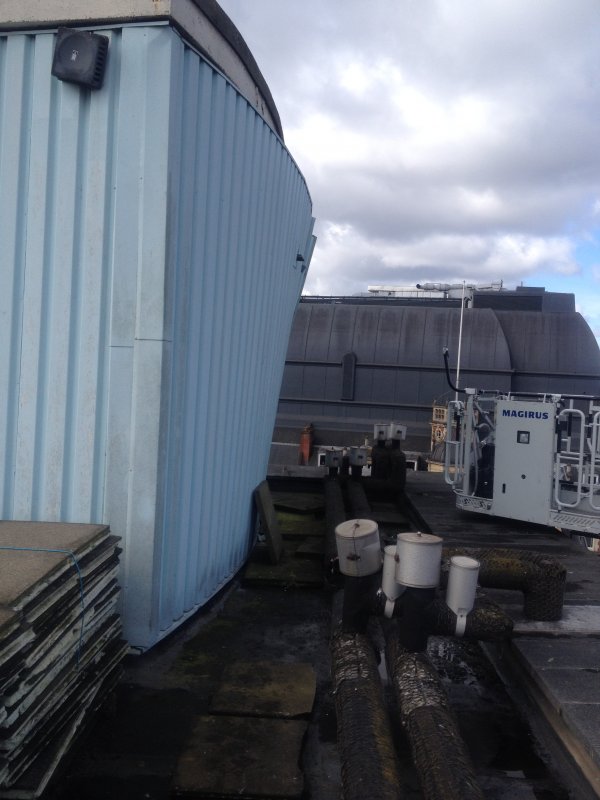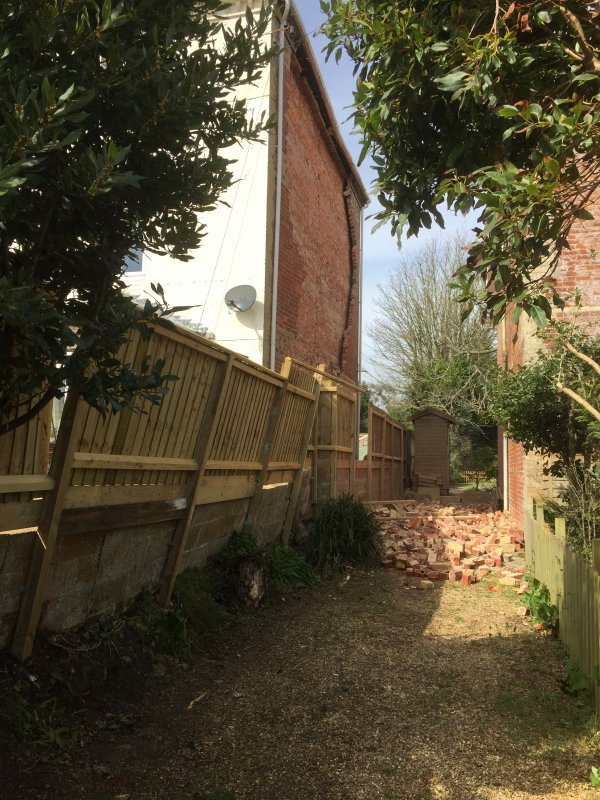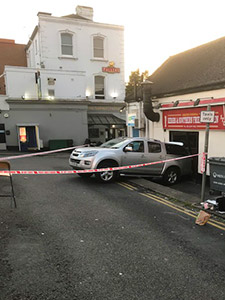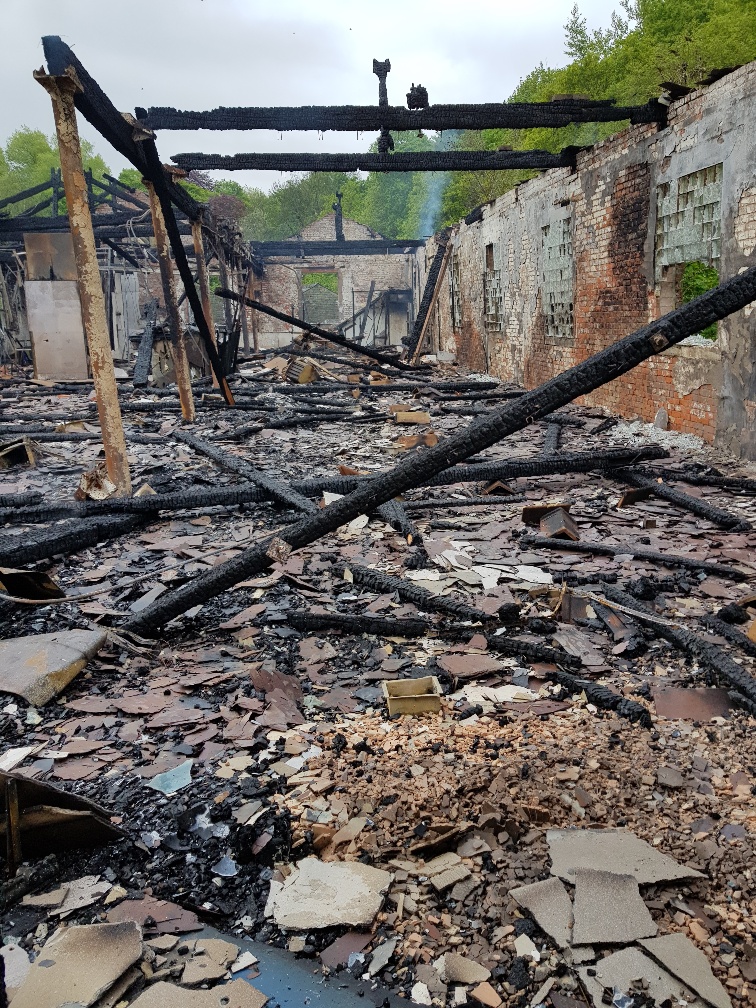Dangerous structures
Public service building control work closely with the police, fire service and other agencies to help ensure public safety when buildings and structures such as boundary walls, fences and hoardings become dangerous.
This can be due to various reasons:
- old age
- design defects
- vehicle impact
- wind and weather damage
- fire damage or explosions
- vandalism
- poor maintenance or neglect.
The most challenging dangerous structure
In this video, LABC's Deputy Chief Executive Lorna Stimpson gives a first-hand account of a dangerous structure she'll never forget.
Dangerous structures examples
Here's a small sample of situations our teams have had to help with:
Types of dangerous structures
There are two main categories:
Imminent
These structures are at risk of collapse and must be secured for public safety. The owner will normally be recharged for emergency works carried out in these cases since the prime responsibility for the condition of a building or structure lies with its owner.
Hazardous
These structures are found to be unstable by surveyors but not imminently dangerous. The owner is given a reasonable time to remove the danger. Failure to respond may result in a Magistrates Court Order being obtained.
Reporting a dangerous structure
If you are aware of a dangerous building or structure you can report it to your local council. Some local councils provide a 24 hour service for reporting dangerous structures.
Contact your local building control team
What will building control surveyors do?
Building control surveyors will visit the site and advise on the course of action to remove the danger and keep the public safe. The property owner will be located and instructed to arrange for the structure to be removed or repaired within an agreed timescale. In the case of immediate danger, building control surveyors may employ an emergency contractor to carry out the necessary works, usually on the same day, and then recover the costs from the property owner.
To safeguard the public, a barrier is often put up around the area surrounding a structure while work is being carried out. Local councils might also liaise with other emergency services to ensure safety at all times.
Think you'll enjoy this kind of work? Find out more about careers in building control and read about other important jobs building control surveyors have to deal with.

